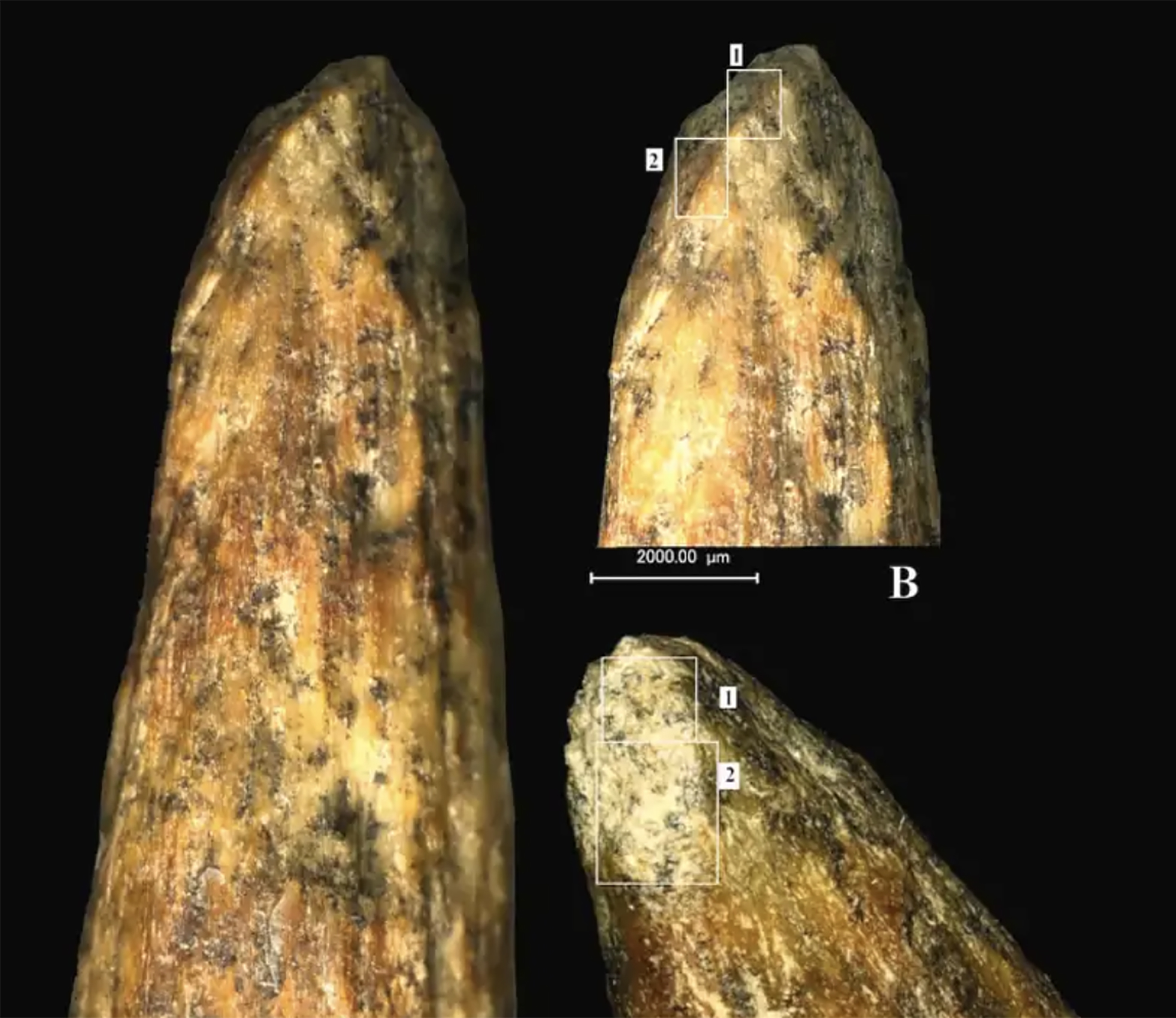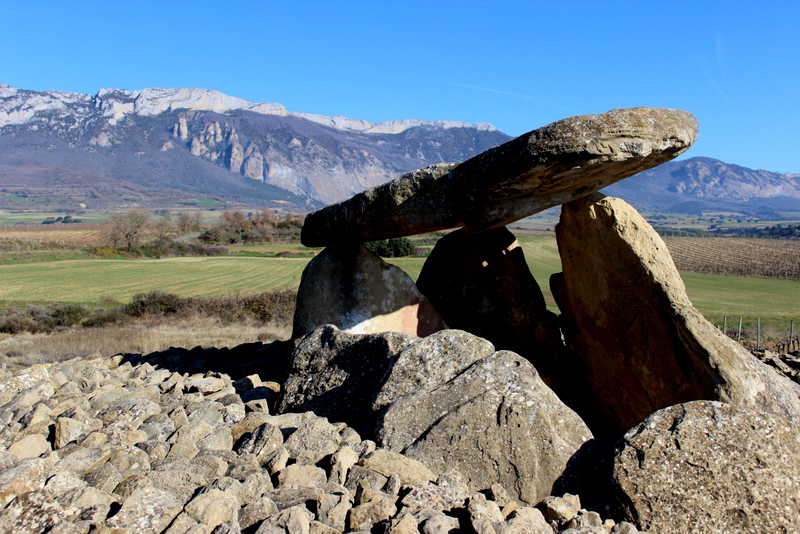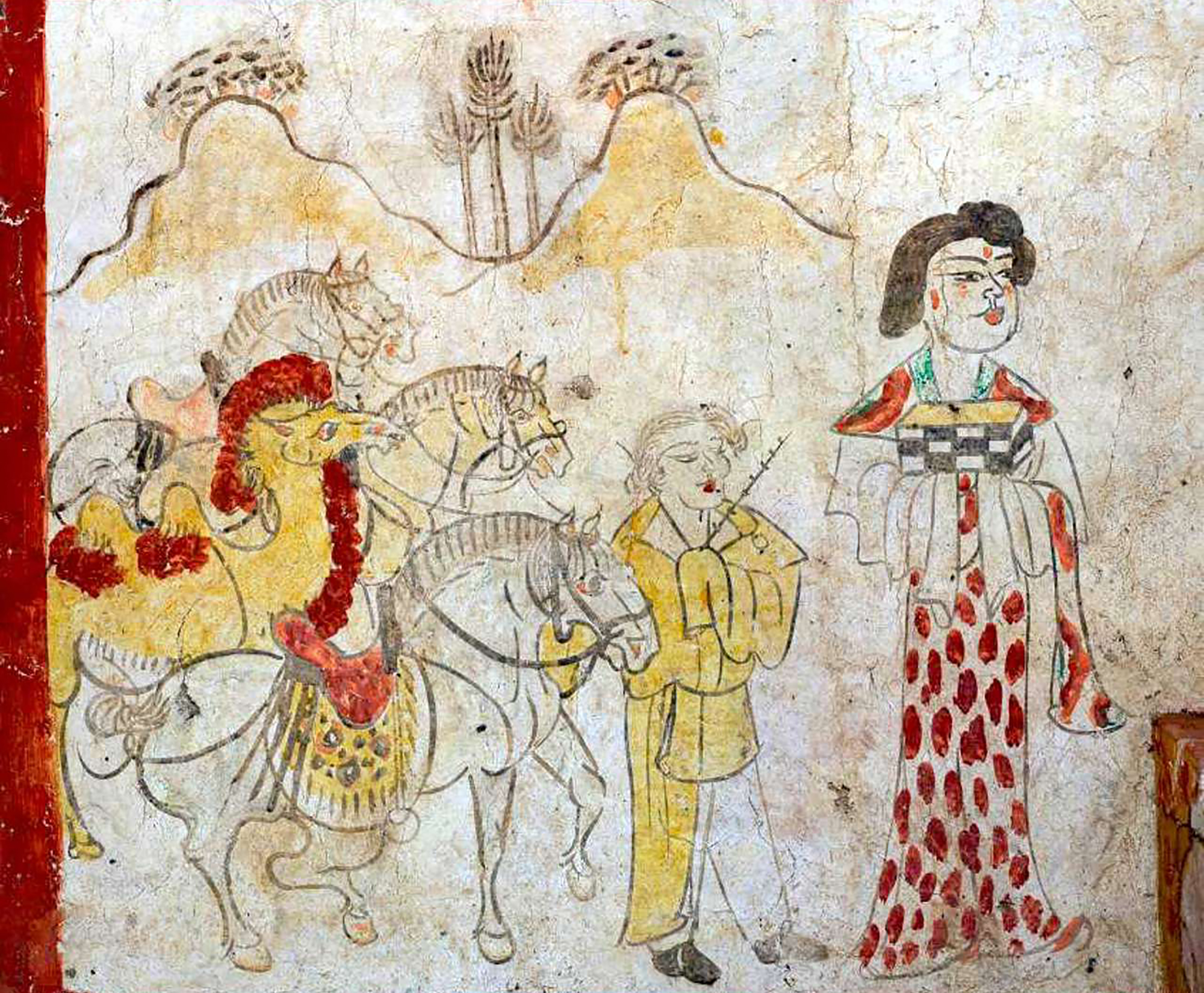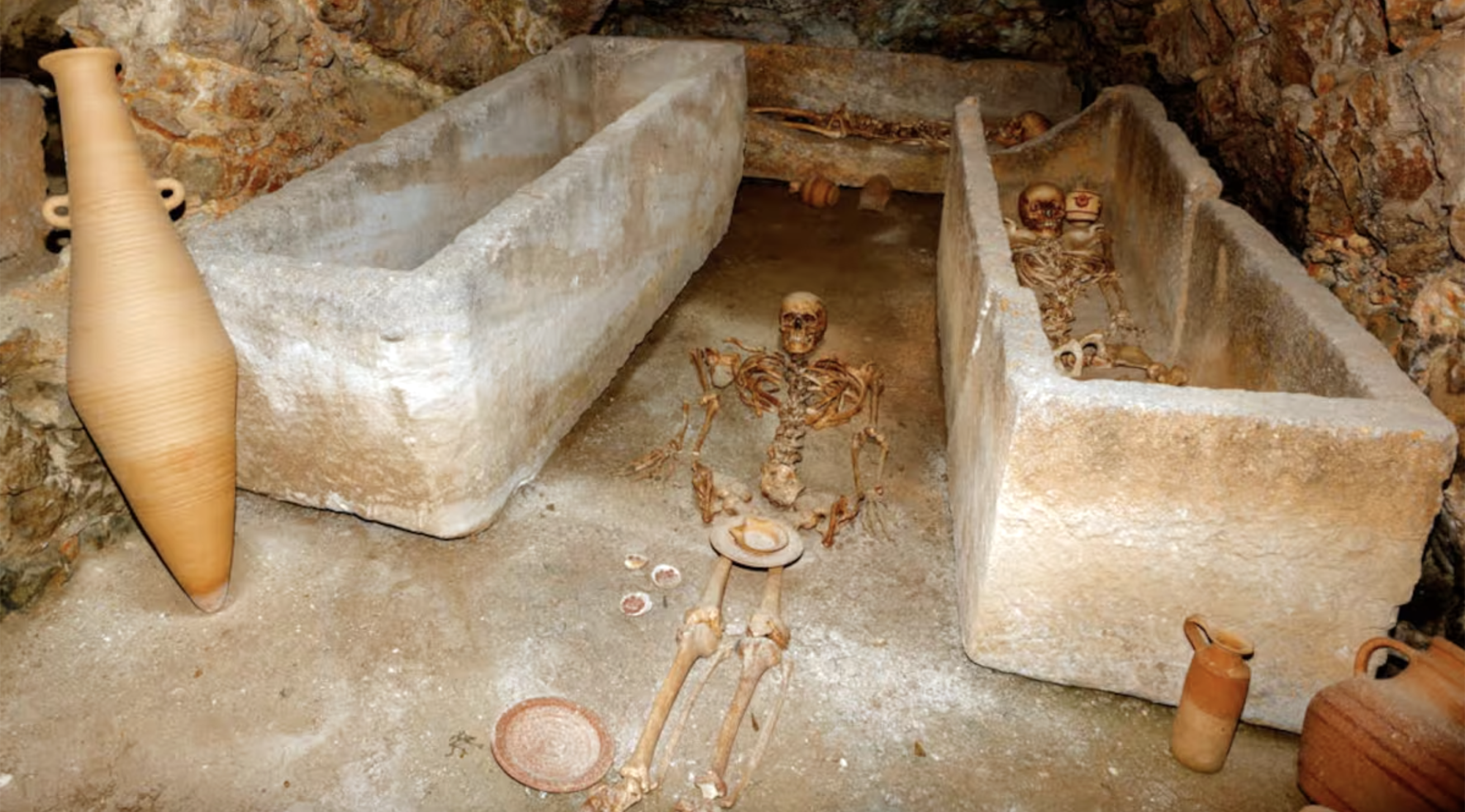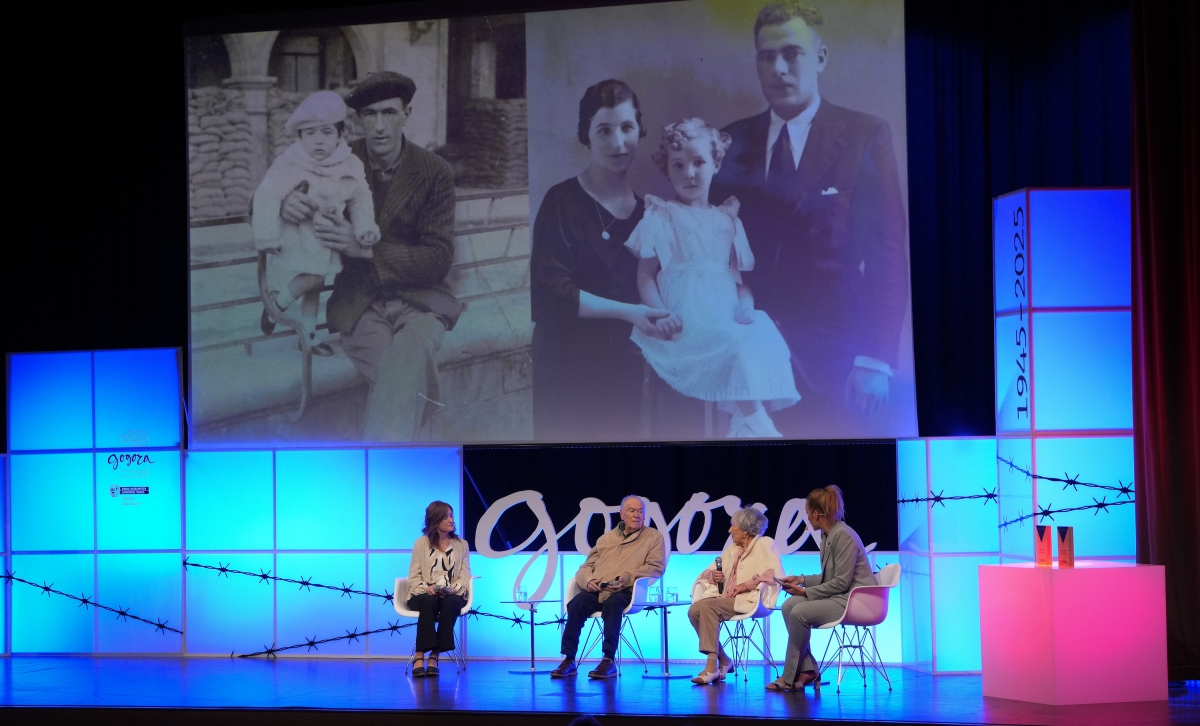Evolution of the species Gremlin

Hollywood, 1984 Film director Joe Dante premiered the film Gremlins. The protagonists of this horror comedy, Gremlin, who was born from a mogway called Gizmo, put a people in the United States on their feet. And all because the owner of Gizmo has not complied with the three basic standards that the seller has given him: do not approach the shiny mogwayes, do not give them water and, above all, do not eat it in less than half a night. The film got a good reward with over 150 million dollars. But in addition, naughty beings became icons of the 1980s.
But the gremlins were not an invention of the writers in the series. Some creatures from the tradition of Northern Europe were inspired. Legend has it that they were like duendes having fun sabotaging machines, causing errors and removing objects.
Until the 20th century they were not collected in writing. The first news about the gremlins appeared in the British newspapers after World War I. Factory workers were particularly concerned, as the gremlins disagreed with the progress of the Industrial Revolution.
But in World War II, they really started to believe in the gremlins -- or, by the way, not out loud. RAF pilots flying in the vicinity of the Middle East reportedly attributed accidents to small gremlins and did not appear to have a reason to be. The gremlins were introduced into the aeroplanes and damaged the motor or any other device that could have been used by the controllers.
The pilots would have believed that it was better to have beings with such destructive tastes on their side. That's why British pilots flying bombs in Germany started carrying gremlin dolls or drawing gremlines in the fuselage, because it brought them good luck.
In 1943, in the midst of war, RAF pilot Roald Dahl wrote the book The Gremlins, which narrates the travesuras of the smallest creatures. And there he explains, unscientifically, the origin of the fondness for the destruction of gremlins: the gremlines began to attack human beings because they built an aircraft factory in the forest where they lived and their houses were destroyed.
Pond of Venice, year 452. Prompted by the Huns' invasion, several inhabitants of the interior of the Italian peninsula took temporary refuge in the swampy area. But the Lombard invasions came in a few years, and it would become a permanent home for those immigrants. It was a... [+]
During a routine excavation in the Piazza San Giovanni in Laterano in Rome, archaeologists carried out the IX-XIII. They unexpectedly found the remains of a palace dating back to the centuries. And they think it could be the residence of the popes of the time. In other words,... [+]
More and more studies indicate that Neanderthals had more advanced cognitive abilities than previously thought. The latter, published in the Journal of Archeological Science, refers to the spearhead of bone found in the Mezmaiskaya cave in Russia in 2003.
Using microscopy,... [+]
The Indus Valley, about 5,000 years ago. The city of Mohenjo-Daro had about 35,000 inhabitants and, according to recent PNAS publication, had a very low Gini coefficient of 0.22 – a coefficient that measures the economic inequality of societies through the degree of... [+]
I've been enjoying a book lately. In a very short time I have read it twice; the first with pure delight and the second with a pencil in my hand. Hoces de piedra, martillos de bronce, by the Spanish archaeologist Rodrigo Villalobos, aims to explore prehistoric society to answer... [+]
In the Chinese province of Shanxi, in a tomb of the Tang dynasty, paintings depicting scenes from the daily lives of the dead are found. In one of these scenes a blonde man appears. Looking at the color of the hair and the facial expression, archaeologists who have studied the... [+]
Carthage, from B.C. Around the 814. The Phoenicians founded a colony and the dominant civilization in the eastern Mediterranean spread to the west. Two and a half centuries later, with the decline of the Phoenician metropolis of Tyre, Carthage became independent and its... [+]
Salvador Puig Antich frankismoaren kontrako militantea izan zen. Askapen Mugimendu Iberikoko kidea, 1973ko irailaren 25ean atxilotu zuten. Gerra-kontseilua egin zioten, eta garrotez exekutatu zuten handik sei hilabetera, 1974ko martxoaren 2an. Aurtengo otsailean baliogabetu du... [+]
Rudolf Botha hizkuntzalari hegoafrikarrak hipotesi bat bota berri du Homo erectus-i buruz: espezieak ahozko komunikazio moduren bat garatu zuen duela milioi bat urte baino gehiago. Homo sapiens-a da, dakigunez, hitz egiteko gai den espezie bakarra eta, beraz, hortik... [+]
Böblingen, Holy Roman Empire, 12 May 1525. Georg Truchsess von Waldburg overthrew the Württemberg insurgent peasants. Three days later, on 15 May, Philip of Hesse and the Duke of Saxony joined forces to crush the Thuringian rebels in Frankenhausen, killing some 5,000 peasants... [+]













